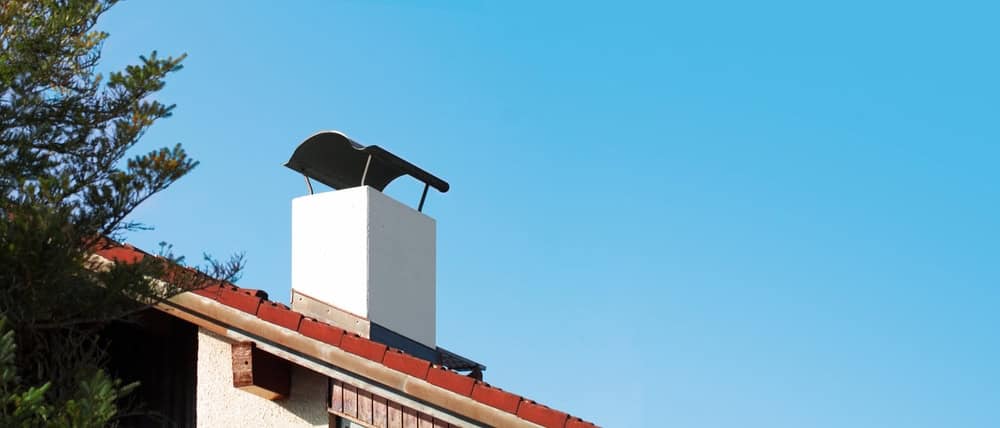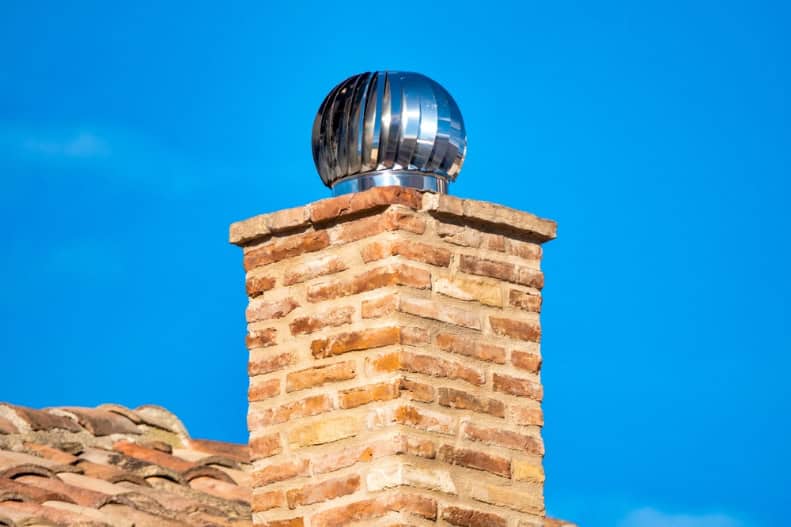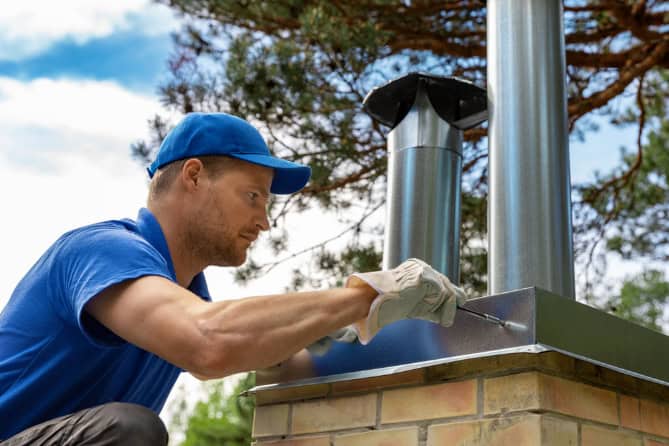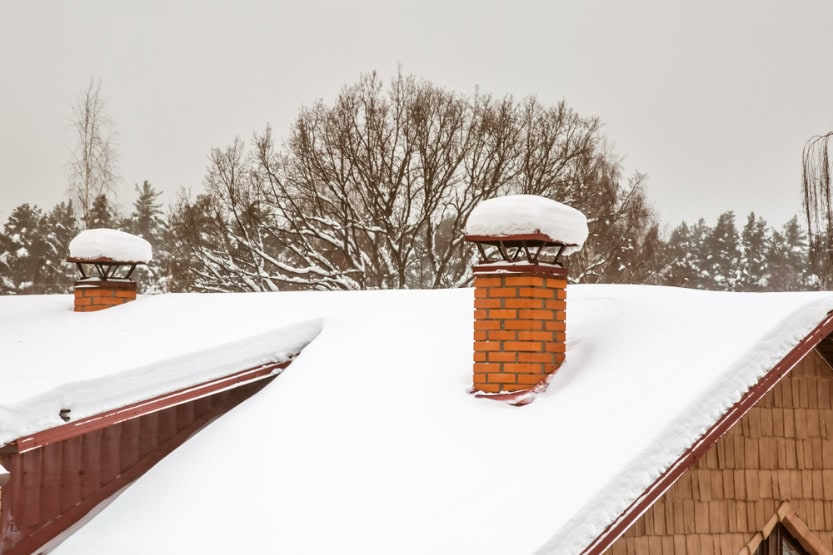Professional chimney cap installation that actually protects your home and investment long-term.

Hear from Our Customers

Your chimney stops being a liability and starts doing its job. No more water pooling in your firebox after storms. No more animals setting up shop in your flue. No more wondering if that weird smell is something serious.
A quality chimney cap installation means you’re not dealing with expensive water damage repairs down the road. Your chimney system works efficiently, your home stays protected, and you have one less thing to worry about during Narragansett’s harsh coastal weather.
The difference is immediate. Rain stays out. Animals stay out. Debris stays out. Your chimney works the way it’s supposed to, and you get back to enjoying your fireplace instead of stressing about it.
Certified Chimney Inspections has been handling chimney work in Narragansett since 2000. We’re the same core team, with the same commitment to doing things properly. Not the cheapest option, but definitely the right one.
Our technicians are CSI certified through the Chimney Safety Institute of America. That certification matters because it means we actually know what we’re looking at when we inspect your chimney system. We can spot problems before they become expensive disasters.
Most homeowners in Narragansett work with us because they want it done once and done right. No callbacks, no surprises, no cutting corners that cost more later.

First, we inspect your chimney to determine the right cap size and style. Not all chimneys are the same, and a proper fit matters more than most people realize. We measure everything and assess the current condition of your chimney crown and flue.
Next comes the installation itself. We remove any old or damaged cap, clean the area, and install your new chimney cap with proper sealing and secure mounting. If you need a custom-made chimney cap for an unusual size or configuration, we handle that too.
Finally, we test everything to make sure it’s working correctly and explain any maintenance you should know about. You get a clear explanation of what was done and what to expect going forward. No mystery work, no upselling on things you don’t need.

Ready to get started?
You get the right chimney cap for your specific setup. Stainless steel options for durability, custom-made caps for unusual configurations, and proper installation that actually seals against Narragansett’s coastal weather. No generic solutions that sort of fit.
The service includes removal of old caps, proper mounting hardware, and sealing that prevents water infiltration. We also check your chimney crown condition during installation because a great cap on a damaged crown is like putting a band-aid on a broken pipe.
Most importantly, you get honest assessment of what you actually need. If your current cap just needs adjustment or minor repair, we’ll tell you that instead of selling you something unnecessary. When you do need replacement, you get options that make sense for your budget and your home’s specific requirements.
